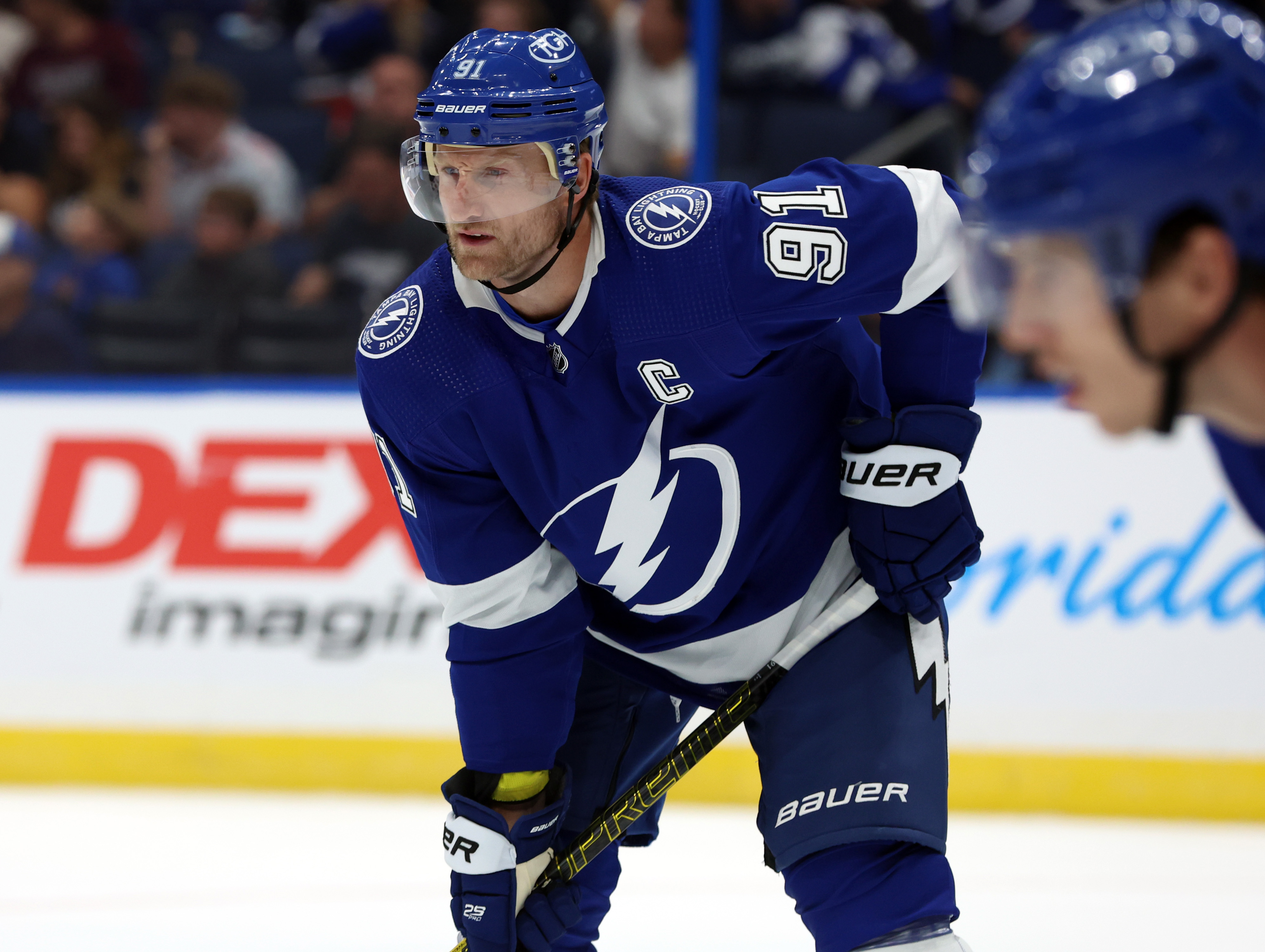NHL Rumors: Utah, and the Tampa Bay Lightning

Utah is looking for two top-six forwards and a top-four defenseman
The Fourth Period: Utah has $43.26 million in projected salary cap space heading into next season. They have pending RFAs in Sean Durzi, Juuso Valimaki and J.J. Moser and Barrett Hayton. Utah will have a chance this offseason to add to their roster.
They’ll be looking at the trade and free agent market. Unlike past seasons, GM Bill Armstrong won’t be looking to acquire high-priced contracts with an asset attached to help out other teams. They’ll be looking to upgrade their roster.
Multiple sources have said they’ll be looking to add a second-line center, a top-six winger, and a top-four defenseman.
Aside from their lottery pick, they have three seconds and three third-round picks.
What’s Behind the Coyotes’ Move to Salt Lake City?
How much of a discount would Steven Stamkos give the Tampa Bay Lightning?

Joe Smith of The Athletic: Steven Stamkos hopes he can remain with the Tampa Bay Lightning. GM Julien BriseBois put off contract talks as he needed more information on his team and their needs are.
They don’t have a lot salary cap space worth with – $12 million in space with 16 players under contract and Stamkos would take up a big chunk of that.
It’s no secret that Stamkos wasn’t thrilled with no getting an extension done last offseason. He put that aside and scored 40 goals.
If he hits the open market would Chicago Blackhawks want him to mentor Connor Bedard. He’s got friends in Nashville and they don’t have a state taxes. Would Utah want to make a big splash this offseason?
Could the Lightning get Stamkos on a below-market deal of say three years at $5.5 million per? Stamkos noted how the likes of Nikita Kucherov, Andrei Vasilevskiy, Brayden Point, and Victor Hedman took below-market deals to remain in Tampa, and yes there is the no-tax advantage.
“That is what everyone has done here and that is why we have had the success and that is the way it has been for this organization. I think that that in itself is a testament to management in how they want to build a team and, first and foremost, the players for wanting to do that and accept that and allow the management to go out there and build a roster to compete for the Stanley Cup.”





